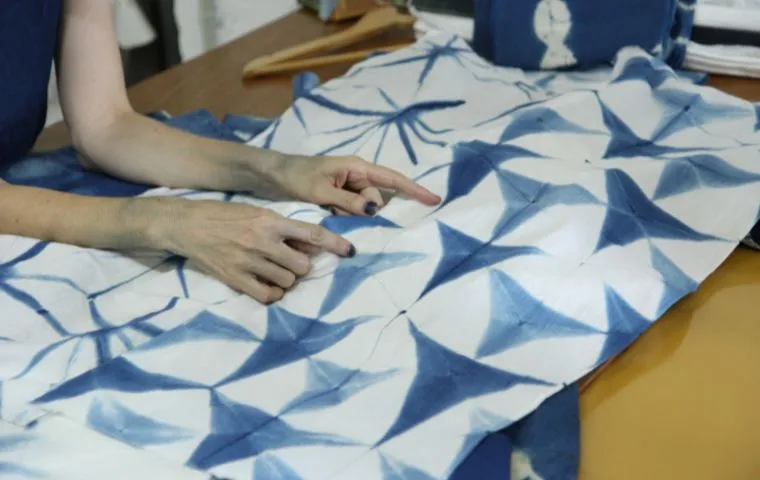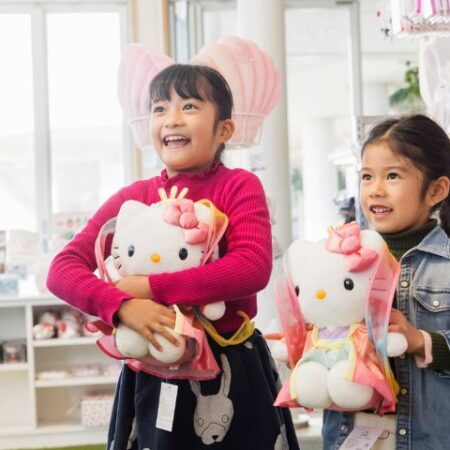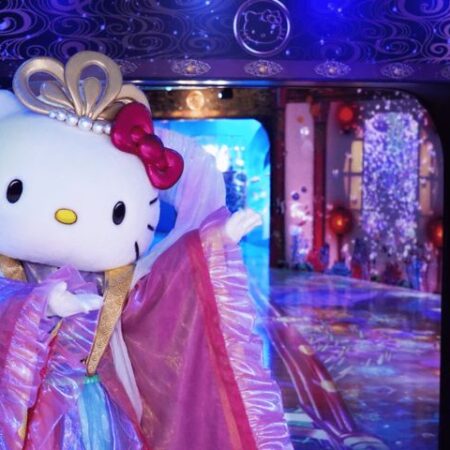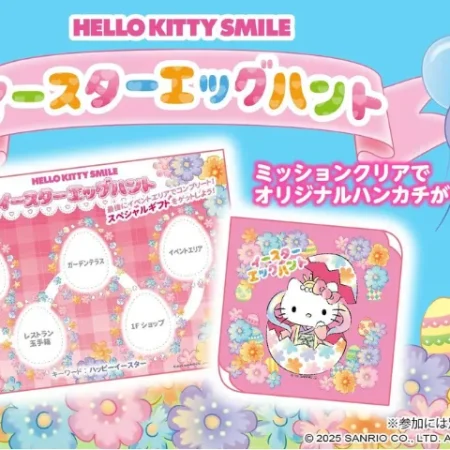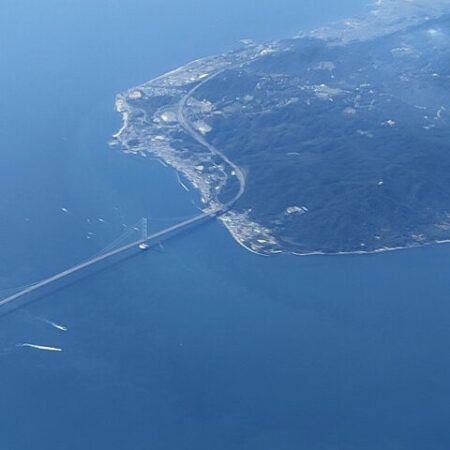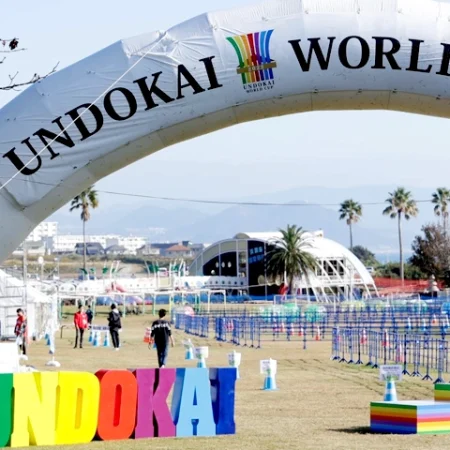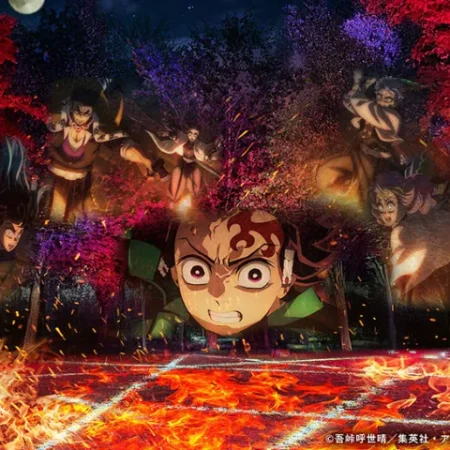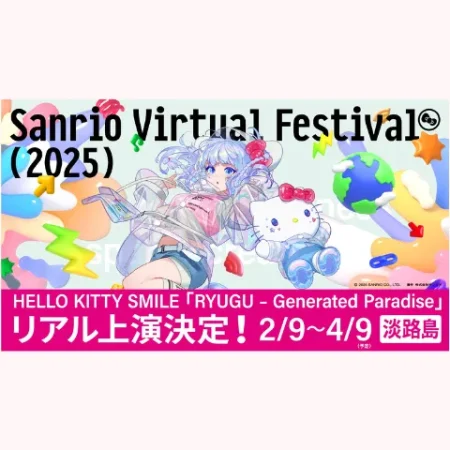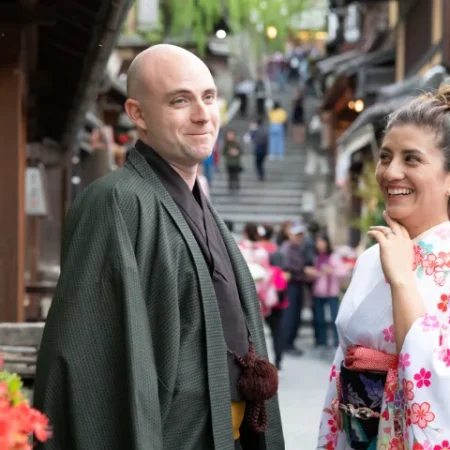Table of Contents
Traditional Japanese Dyeing Method in Sumoto
In Sumoto, there’s a small and unique store-workshop space called AiAii. The shop belongs to Sally Hancox (from England) and her husband Junichi Okada (from Japan), and they opened it in 2019. Together the couple run workshops on how to dye fabrics made from cotton and linen with the natural indigo dyeing method.
Indigo dyeing is a unique practice of coloring natural materials in different shades of blue: ranging from a pale/ light blue to a more intense dark blue. The indigo dye is obtained from the leaves of the Persicaria tinctoria (lat.) plant through a fermentation process.
Sally and Her Store/Work Shop
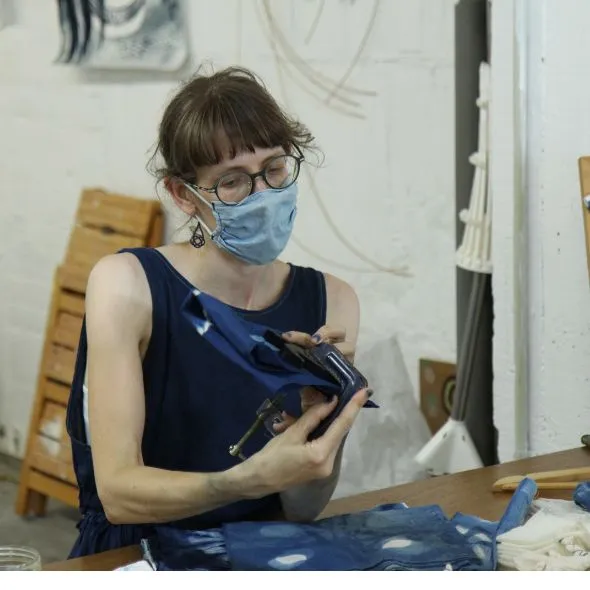
Sally moved to Awaji island in 2015 and has been practicing indigo dyeing for over ten years. She said she got into indigo dyeing first as a hobby, trying out different patterns and learning to do traditional Japanese techniques then and moved on to natural indigo dyeing from the chemical one. Sally and her husband also run a clothing store alongside the workshop which mostly operates online. The store sells a variety of items such as accessories, art pieces and clothes that have various patterns and are available in different shades of the indigo color.
Dyeing Experience
Benefits of Indigo Dyeing

Sally explained the differences and benefits of natural indigo dyeing to me when I went for a dyeing experience in her workshop. The natural way does not pollute and uses less water than the chemical one meaning it’s better for the planet. The process uses only leaves and ash, and once it’s done you can put the product back to the earth or compost it.
Hearing this also made me wonder how much chemicals and toxins go into making my everyday clothes and all the fabrics we wear in our lifetime. Sally emphasizes the importance of the tradition and maintaining the heritage of the Japanese indigo dyeing method, which is based on fermented leaves while other parts of the world may have a different style.
The heavier the fabric you want to dye is, the more expensive it gets. Having no experience beforehand I was only dyeing a hand towel made of cotton, while a couple of my colleagues were dyeing a skirt or a T-shirt. Before getting into the actual process of dyeing, I needed to choose a pattern I wished to have on my towel. Sally showed us all the different patterns we could make by using very simple folding or compressing methods.
In her instruction books I could find all kinds of patterns around the world that require much more intrigue planning and preparation to make than we had the time for. My colleague came prepared and had sewed her dress last night in order to make a drop-like pattern from top to bottom. I opted for one of the simplest of methods where you lay the fabric on the table and then twist it where-ever you want and tie the knot you’ve made. After this you start the dyeing process.
Dyeing Process

Sally guided us through it all: First, the fabric needs to be prepared by washing it thoroughly to remove any dirt or impurities that may affect the dyeing process. Next, the fabric is immersed in a barrel of indigo dye, which is kept at a controlled temperature and pH level to ensure a healthy vat. After the first dyeing round, the fabric is squeezed from any excess dye and then rinsed with water and allowed to oxidize in the air. This is a crucial step as it allows the indigo to bind with the fibers of the fabric and produce the characteristic blue color.
The process of dipping, squeezing and rinsing is then repeated as many times as you want to achieve the desired depth of color. I wanted a bluer tone so repeated the process four times before making the final rinse and opening the pattern up to see how it turned out. After the dyeing process you only need to wait for the fabric to dry and then it’s ready to be used.
Result of Dyeing- Every Piece Unique

I was more than happy with the result! It looked beautiful and I loved the deep shade of the blue I chose. One of my colleagues did the same pattern technique but his piece turned out very different. To Sally that’s part of the beauty of indigo dyeing: no matter how you do the dyeing or pattern making it will always turn out differently – every piece unique.
Facility Name: AiAii
Location: 3-19, 2 Chome, Kaigandori, Sumoto, Hyogo 656-0022
Tel: 0799-20-5252



